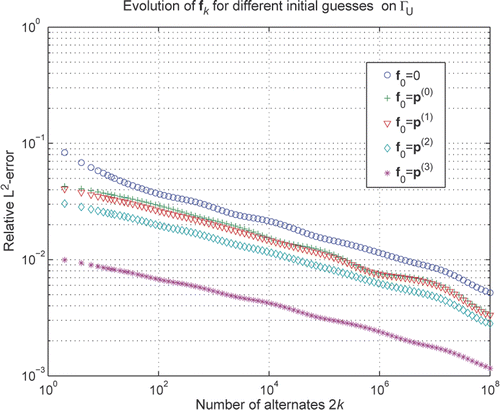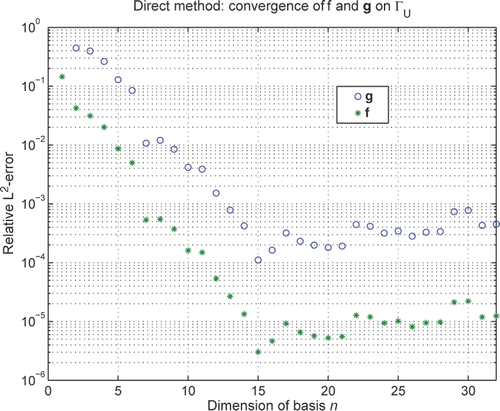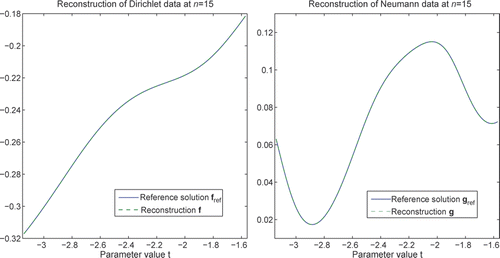Figures & data
Figure 1. The solution domain Ω with boundary Γ = ΓU ∪ ΓC given by (37) and (38). The closure of the arcs ΓU and ΓC meet at the two points γ1 and γ2. A mesh of 40 quadrature panels is constructed on Γ, 10 of which are located on ΓU. A source S1, for the generation of Cauchy data via (39), is marked by ‘*’.
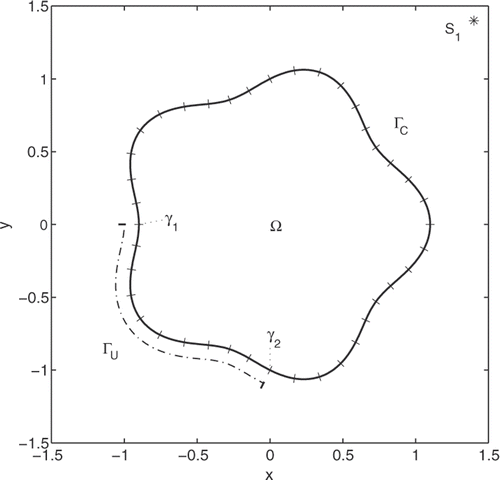
Figure 2. The double-step recursions (31) and (20) are run for 2k = 0, 2, 4, …, 106 with the initial guesses f0 = 0, f0 = fref, g0 = 0 and g0 = gref. The symbols ‘○’ and ‘*’ refer to fk, while ‘⋄’ and ‘+’ refer to gk.
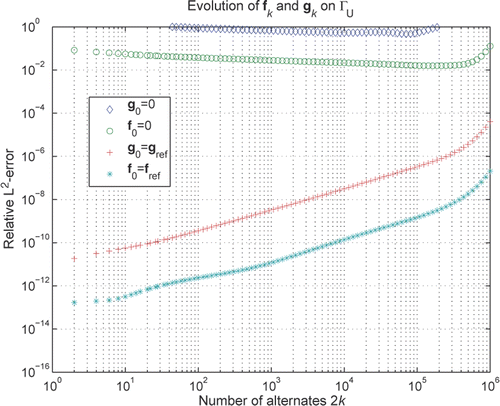
Figure 3. Reconstruction of the Dirichlet data fk and Neumann data gk with the double-step recursions (31) and (20) at 2k = 93,260. The initial guesses are f0 = 0 and g0 = 0, respectively.
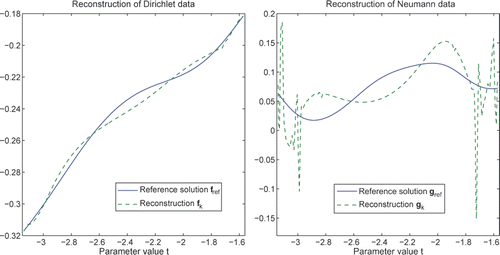
Figure 4. The double-step recursion (31) is run for 2k = 0, 2, 4, …, 106. The initial guess f0 is either zero or equal to a discretized matching polynomial p(m) of degree 2m + 1.
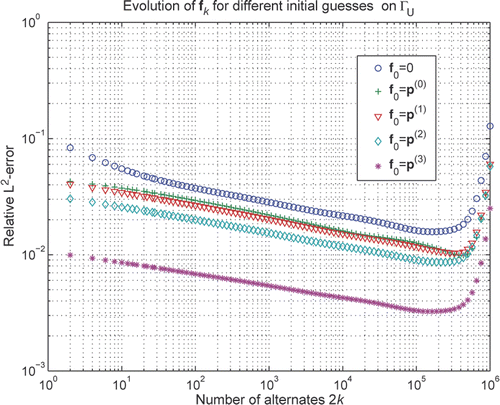
Figure 5. Reconstruction of Dirichlet data fk and Neumann data gk+1/2 with the double-step recursion (31) at 2k = 93,260. The initial guess is f0 = p(3). A single recursion step (33) is taken to get from fk to gk+1/2.
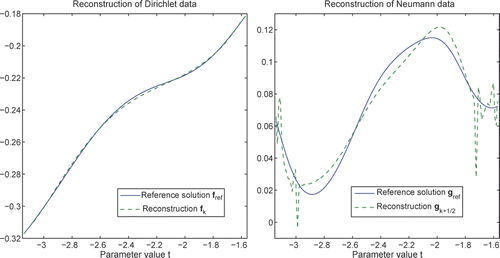
Figure 6. The projected double-step recursion (50) is run with n = 15 for 2k = 0, 2, 4, …, 108. The initial guess is either zero or equal to a transformed discretized matching polynomial
of degree 2m + 1.
